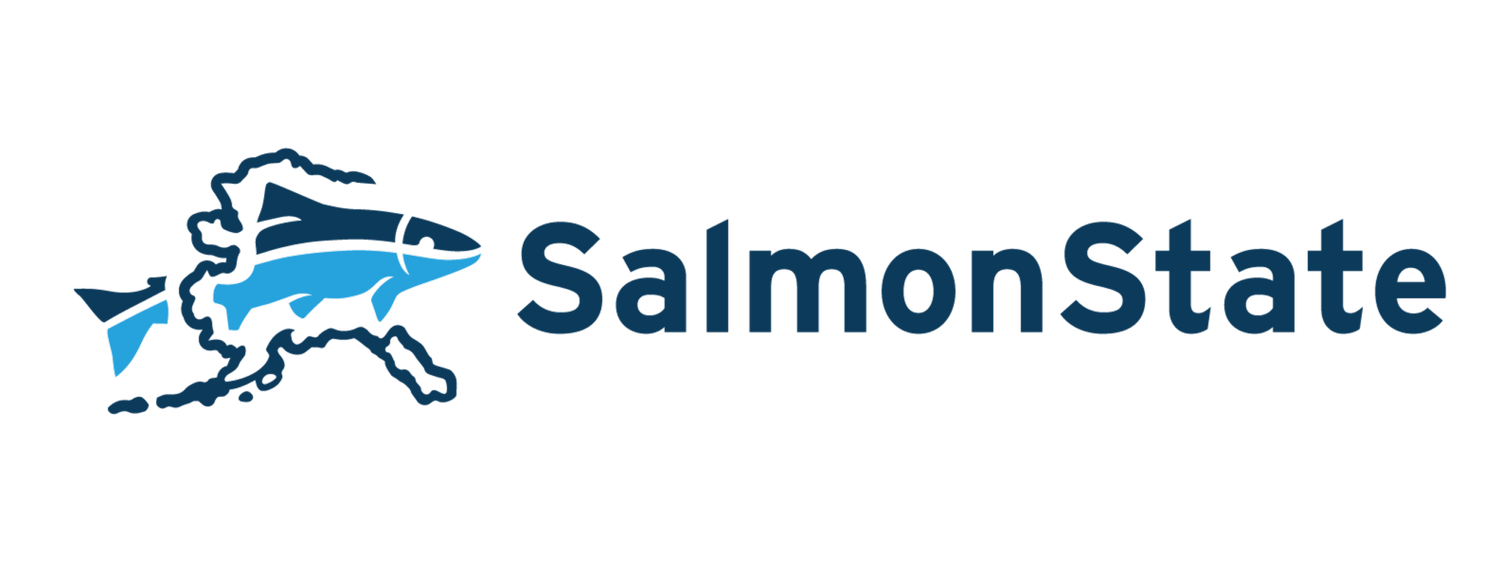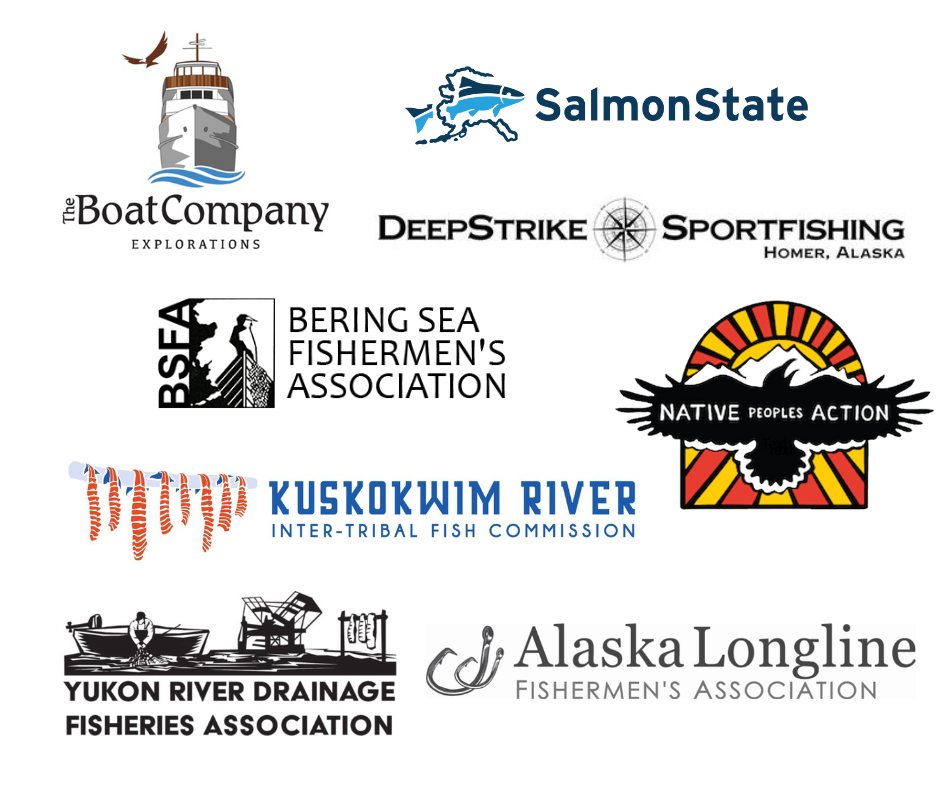Council Discards Testimony, Punts Action on Bycatch
ANCHORAGE, ALASKA—Despite continued impassioned testimony from Alaskans, the North Pacific Fishery Management Council this week again postponed setting any kind of limit for chum salmon bycatch and for reducing seafloor damage caused by “midwater” trawl gear. It also failed to address the deep and growing inequities in federal fishery management off Alaska’s coast. More than 50 people, the majority of them rural Alaskans and tribal government representatives, testified before the Council.
"KRITFC takes a Tribal-led, gravel-to-gravel approach to salmon management, and we've been pushing the National Marine Fisheries Service and the Council to uphold this on their side of the salmon ecosystem through meaningful, ecosystem-based bycatch management,” said Kevin Whitworth, Executive Director of the Kuskokwim River Inter-Tribal Fish Commission. “We are disappointed that this approach isn't reflected in the Council's October action, which signals the Council and Agency's intent to continue to prioritize pollock harvests and industry-led management of chum salmon bycatch. Our glimmer of hope is in our Elders, youth, Tribal representatives, and allies who continue to testify and advocate for the conservation of Western and Interior chum salmon––tsen'anh, quyana to you all for your Knowledge, presence, and tireless work."
“After hearing from many Alaskans who have not fished for at least three years in Western Alaska and across the entire Yukon because of record chum crashes, the Council offered up a range of bycatch limits that rewards industry based on the second highest bycatch peak this century. Without a hard cap, any of the alternatives the Council is considering to allow the pollock fleet to prosecute does nothing to measurably allow more Western Alaska chum back up their rivers,” said Amy Sparck, Executive Director of the Bering Sea Fishermen’s Association.
“The Council’s decisions on chum salmon management at this meeting are a painful reminder of why changes are needed to the guidelines that govern Council actions,” said Linda Behnken, director of the Alaska Longline Fishermen’s Association.
Despite requests from thousands of Alaskans that NOAA update the National Standards guidelines to reduce bycatch, build community resilience, and emphasize environmental justice, the NPFMC weighed in against revising the guidelines — except to support weakening the guidelines relative to bycatch.
“The Council does not seem to hear what Alaskans are saying,” Behnken continued. “Alaskans feel strongly that historic fisheries for salmon, halibut, crab and herring should be prioritized over trawl bycatch, but right now the guidelines favor maximizing harvest and economic returns — and the Council does not think change is needed. Our coastal communities depend on access to these fisheries, and we need management that upholds community and resource health.”
“Today’s North Pacific Fishery Management Council process does not work for the majority of Alaskans,” said SalmonState Executive Director Tim Bristol. “The Council’s inaction in the face of the passionate, informed testimony is disappointing but no longer surprising. When common sense adjustments and desperately needed changes to trawling are deemed ‘impracticable’ due to their potential negative impact to trawler profits, you have a clear case of regulatory capture. Industry now dominates the process and we need help from a higher authority. In response, we have asked NOAA for an update to national standards guidelines governing allocation, community need and bycatch. If Alaskans are going to have historical and traditional fisheries in the future, NOAA needs to act soon.”
“Though the Council proposed many more conversations and studies, when you cut through all the pomp and circumstance of the meeting, the real results of this two-week effort are no cap on chum salmon bycatch and no requirement that mid water trawls must remain mid water,” said David Bayes, owner of Homer-based DeepStrike Sportfishing.
The Council will meet again in December 2023 to finalize total allowable catches and bycatch limits. The National Marine Fisheries Service is expected to put forward draft updates to the National Standards Guidelines in early 2024.

